Economic Factors
Economic factors significantly influence The Global Aircraft Recycling Industry. The use of recyclates in aviation industry sector is subject to fluctuations in economic conditions, which can impact the lifecycle of aircraft. As airlines face financial pressures, the need to retire older, less efficient aircraft becomes more pronounced. In 2025, it is estimated that around 1,500 aircraft will reach the end of their operational life, creating a substantial opportunity for recycling services. Additionally, the rising costs of raw materials may drive airlines to consider recycling as a cost-effective alternative to sourcing new materials. The potential for recovering valuable metals and components from decommissioned aircraft presents a lucrative avenue for revenue generation, thereby stimulating market growth.
Consumer Awareness
Consumer awareness regarding environmental issues is increasingly driving The Global Aircraft Recycling Industry. As travelers become more conscious of their carbon footprint, they are more likely to support airlines that prioritize sustainable practices. This shift in consumer behavior is prompting airlines to adopt recycling initiatives as part of their corporate social responsibility strategies. In 2025, surveys indicate that over 70% of passengers prefer airlines that demonstrate a commitment to sustainability. This growing demand for eco-friendly practices is likely to encourage airlines to invest in aircraft recycling programs, thereby expanding the market. Furthermore, as consumers advocate for transparency in environmental practices, the pressure on airlines to disclose their recycling efforts will likely intensify, further propelling the industry forward.
Regulatory Compliance
Regulatory compliance is a significant driver influencing The Global Aircraft Recycling Industry. Governments and international bodies are increasingly implementing stringent regulations aimed at reducing waste and promoting recycling within the use of recyclates in aviation industry sector. For example, the European Union's Circular Economy Action Plan emphasizes the importance of recycling and resource efficiency, which directly impacts aircraft disposal practices. Compliance with these regulations not only helps airlines avoid penalties but also enhances their corporate image. In 2025, it is anticipated that compliance-related costs could account for up to 15% of operational expenses for airlines, underscoring the necessity for effective recycling strategies. Consequently, the demand for aircraft recycling services is likely to rise as companies seek to align with regulatory frameworks.
Sustainability Initiatives
The increasing emphasis on sustainability initiatives is a pivotal driver for The Global Aircraft Recycling Industry. As environmental concerns gain traction, airlines and manufacturers are compelled to adopt eco-friendly practices. The recycling of aircraft materials not only reduces waste but also conserves resources, aligning with global sustainability goals. In 2023, the use of recyclates in aviation industry sector generated approximately 920 million tons of CO2 emissions, prompting stakeholders to seek solutions that mitigate their environmental impact. The recycling of aircraft components, such as aluminum and titanium, can significantly lower the carbon footprint associated with new material production. This shift towards sustainable practices is likely to enhance the market's growth, as companies strive to meet regulatory requirements and consumer expectations for greener operations.
Technological Advancements
Technological advancements play a crucial role in shaping The Global Aircraft Recycling Industry. Innovations in recycling processes, such as automated dismantling and advanced material recovery techniques, enhance efficiency and reduce costs. For instance, the introduction of robotics in aircraft disassembly has streamlined operations, allowing for quicker and safer extraction of valuable materials. Furthermore, the development of new technologies for composite material recycling is gaining attention, as composites constitute a significant portion of modern aircraft. In 2024, it is projected that the market for recycled aircraft materials could reach USD 5 billion, driven by these technological improvements. As the industry embraces these advancements, the potential for increased profitability and reduced environmental impact becomes more pronounced.


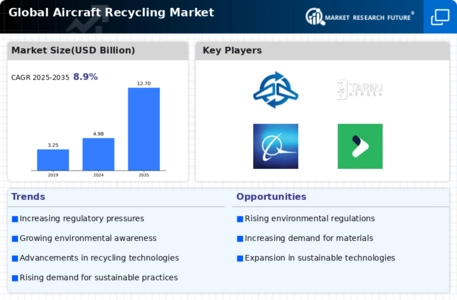
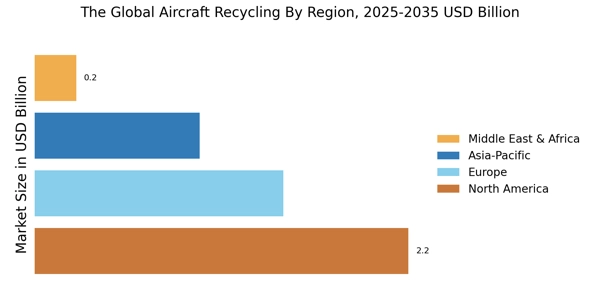
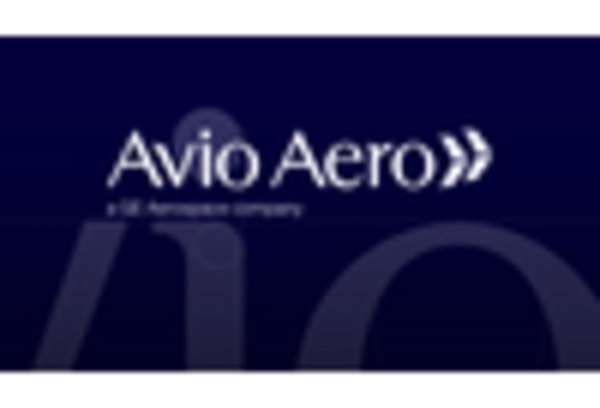

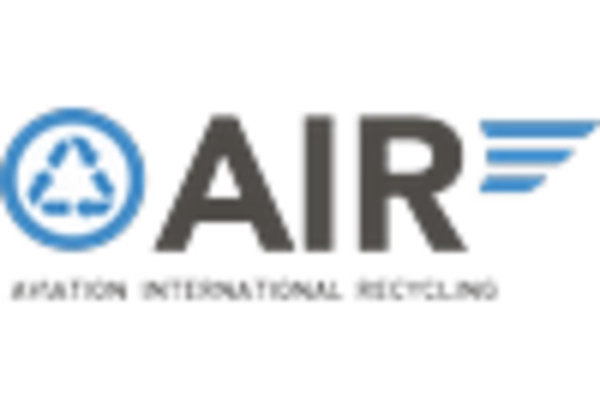

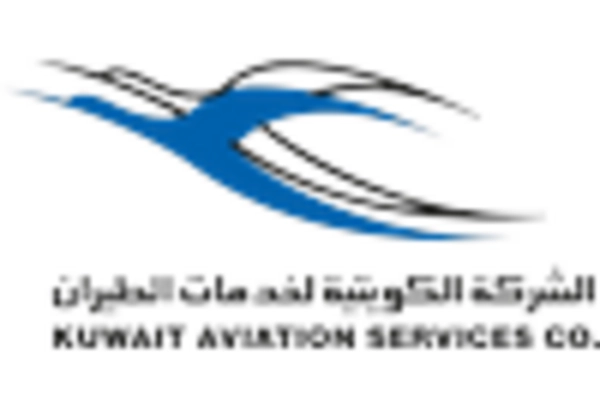









Leave a Comment